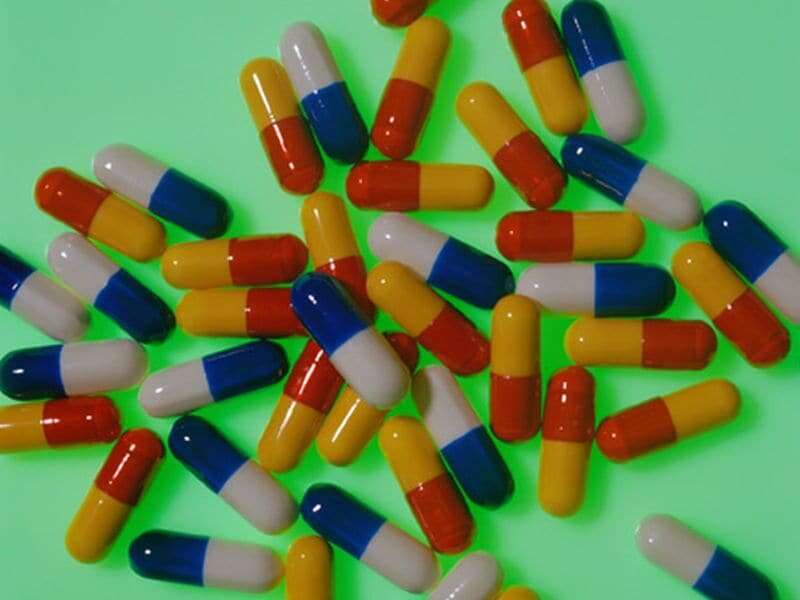(HealthDay)—Postoperative antibiotic prescriptions are associated with reduced rates of infections after facial plastic surgery, according to a study published online Oct. 24 in JAMA Facial Plastic Surgery.
Cristen Olds, M.D., from Stanford Hospital and Clinics in California, and colleagues used IBM MarketScan Commercial and Medicare Supplemental research databases to identify 294,039 patients (55.9 percent women; mean age, 54 years) who underwent facial plastic surgery procedures during 2007 to 2015. Antibiotic prescription patterns in the immediate postoperative period were assessed along with rates of postoperative infectious complications.
The researchers found that 45.2 percent of patients filled prescriptions for postoperative antibiotics, including 55.3 percent undergoing nasal procedures and 14.7 percent undergoing oculoplastic procedures. Superficial and deep surgical site infections occurred in 1.6 and 0.3 percent of patients, respectively. Patients receiving postoperative antibiotics were at significantly decreased risk for postoperative infections for both nasal and oculoplastic procedures (adjusted odds ratios [aORs], 0.144 [95 percent confidence interval (CI), 0.102 to 0.203] and 0.254 [95 percent CI, 0.104 to 0.622], respectively) versus patients who did not receive postoperative antibiotics. There was no association noted between longer duration of postoperative antibiotics and reduced rates of infectious complications (nasal procedures: aOR, 1.000; 95 percent CI, 0.978 to 1.022; oculoplastic procedures: aOR, 1.024; 95 percent CI, 0.959 to 1.092). Despite a higher risk for postoperative infections, patients with a history of tobacco use (aOR, 0.806; 95 percent CI, 0.747 to 0.870), immunodeficiency (aOR, 0.774; 95 percent CI, 0.737 to 0.813), or type 1 or 2 diabetes (aOR, 0.810; 95 percent CI, 0.772 to 0.850) were less likely to be prescribed antibiotics than those without these conditions.
"This study highlights the role of population-level data in the development of best practices for postoperative antibiotic use and identifies the need for additional examination of antibiotic use patterns and recommendations for populations at increased risk for postoperative wound infection," the authors write.
More information: Abstract/Full Text (subscription or payment may be required)
Copyright © 2019 HealthDay. All rights reserved.
























